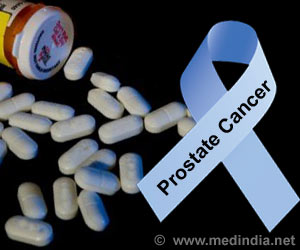The challenges involved in identifying which high-risk population would benefit most from bladder-cancer screening have been highlighted in a study by UT Southwestern Medical Center researchers.
The challenges involved in identifying which high-risk population would benefit most from bladder-cancer screening have been highlighted in a study by UT Southwestern Medical Center researchers.
Large-scale screening of people at high risk for developing invasive bladder cancer could result in earlier diagnosis and improved survival rates. Bladder cancer is the fourth most common cancer in men and the fifth most common cancer overall. In the early stages of the disease, it's common to have no signs or symptoms. Smoking has been proven to increase the risk of the disease."At this time bladder cancer screening is not the standard of care," said Dr. Yair Lotan, associate professor of urology and senior author of the study appearing online and in a future edition of The Journal of Urology. "Although progress has been made in diagnosis, those efforts have translated into minimal survival benefit. In order to get the most benefit from the added cost of screening, we need to identify the appropriate population to screen."
In the study researchers used a point-of-care urine-based test called NMP22 BladderChek to screen 1,502 subjects without symptoms who are at high risk for bladder cancer based on age, smoking history and occupational exposure.
Patients for the study were recruited from well-patient clinics at UT Southwestern and the Dallas Veterans Affairs Health Care System from March 2006 to November 2007. Those selected were over 50 years old, had smoked for 10 years or more, or had worked for 15 years or more in a high-risk occupation, such as in the dye, petroleum or chemical industries. Participants with other conditions that might lead to false-positive tests were excluded from the study.
Of the 1,502 participants, 85 tested positive for proteins that indicate the possible presence of a bladder tumor; 69 of those agreed to undergo cystoscopy. Only two, however, were found to have noninvasive bladder cancer. The majority of these participants had undergone urinalysis within three years of screening. At the one-year follow-up, two more were found to have cancer, and these patients were over 60 and had more than 42 pack-years of smoking.
"We did expect to find more cases," Dr. Lotan said. "The significance is that even with high-risk patients, only a few had cancer. What that means is we need to find a higher-risk group either by increasing screening to over the age of 60 instead of 50 or looking at individuals with a longer smoking history."
Advertisement
Advertisement
RAS








